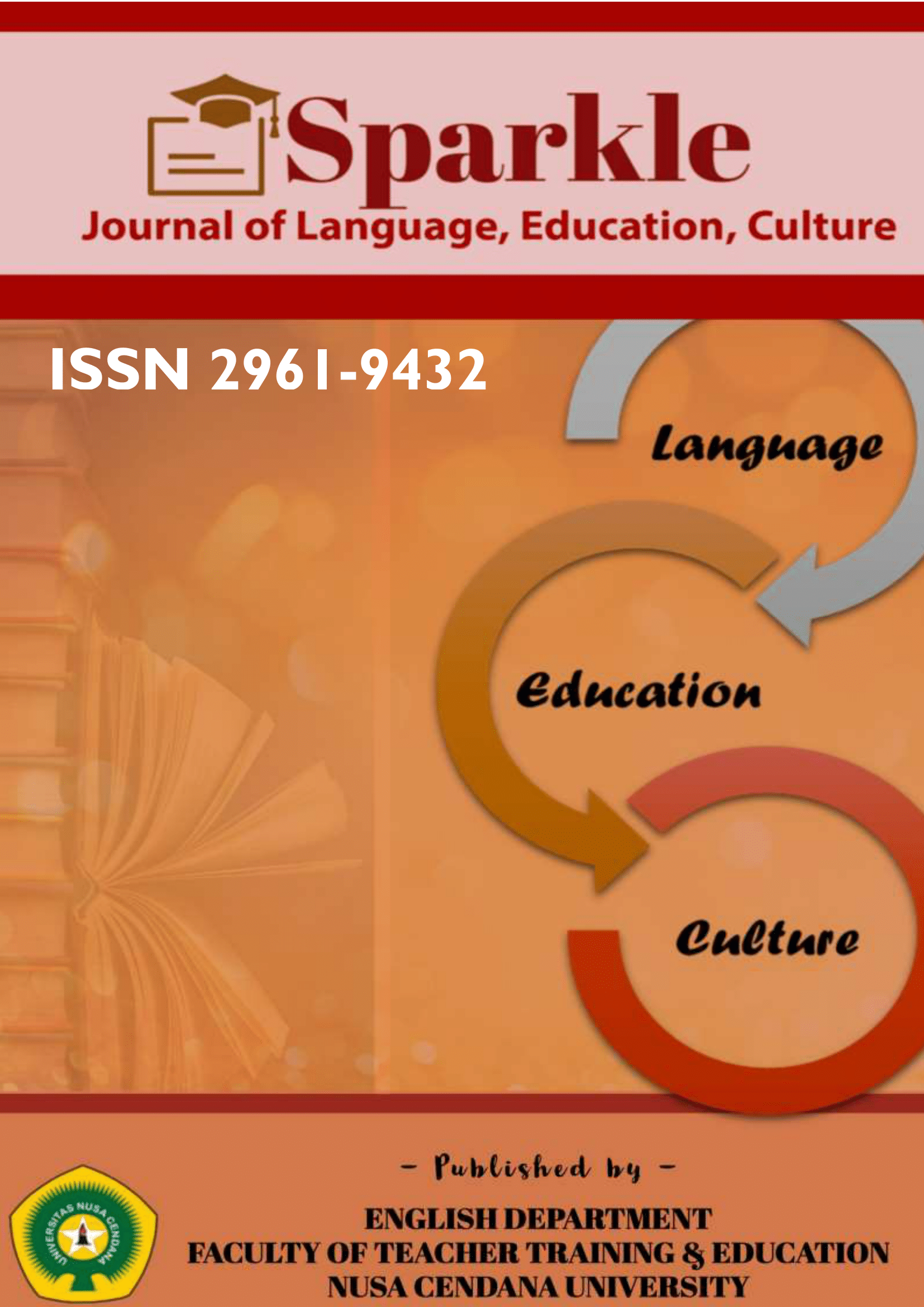THE REPRESENTATION OF SOCIAL IDENTITY IN AN ENGLISH TEXTBOOK TO ADDRESS THE INTERCULTURAL COMPETENCY: AN ANALYSIS OF BAHASA INGGRIS
Abstract
The role of English as an international language has altered how English should be presented in textbooks. English language teaching and learning should not merely reflect Western culture but needs to include and portray the learners’ own culture, the international culture, and the native speaker’s culture. Textbooks need to ideally reflect all three to promote learners’ awareness of intercultural competency – which is the objective of Curriculum 2013, the national curriculum in Indonesia. Given Bahasa Inggris as a compulsory English textbook to support the implementation of Curriculum 2013, this study aims to investigate how compatible the content is with the objective of Curriculum 2013. Focusing on social identity as a key element of culture, this study utilizes critical discourse analysis to find out how the language used in Bahasa Inggris represents the learners’ own culture, international culture, and the native speakers’ culture. The findings show that the representation of these three cultures is not in a balance proportionate with the dominance of the learners’ own culture. This suggests that Bahasa Inggris provides the students with a limited sense of how English is used to facilitate communication across boundaries. However, at the same time, the domination of local culture within the text is helpful to its students in creating awareness of the diversity that exist in Indonesia.
Keywords: Social Identity, ELT textbook, Intercultural Competency

 Merlyn Kristine Nelloe(1*)
Merlyn Kristine Nelloe(1*)

